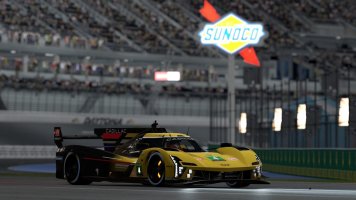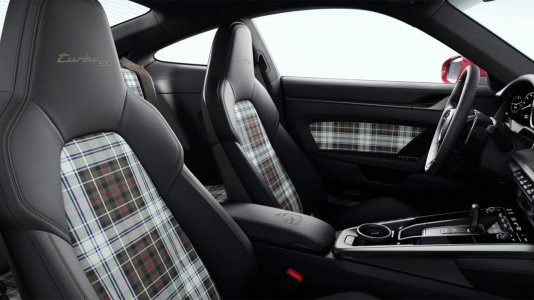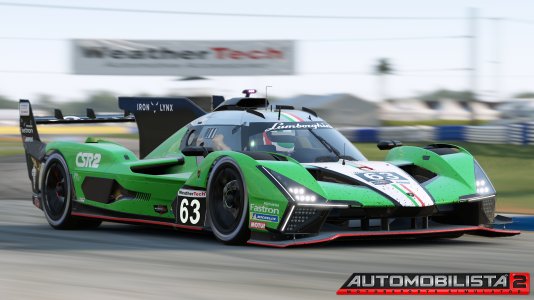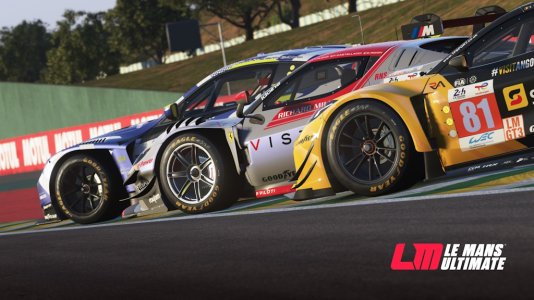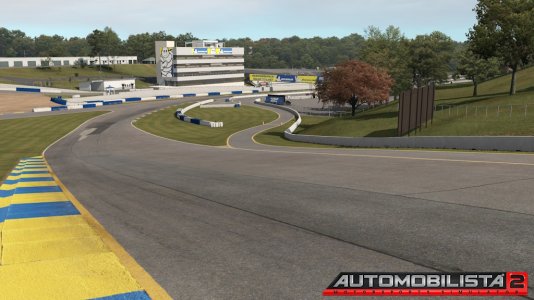I stopped using your LUTs a while ago. I found the generated LUT bet
Then it shouldn't cause any issues apart from that you might have to lower the gain.
The generated LUT doesn't use "ffb noise to fill in the hole at the center" = a value for 0 | 0.00.
So the noise won't get amplified by the compressed ffb.
However the first value in the generated LUT is very high to get rid of the deadzone (about 15% for most Logitech wheels).
Easily solved by lowering the gain.
What gain are you using if I may ask? At 100%, your wheel will probably shake a bit left and right. Although 800° don't change very much. Try 450° and look your wheel going nuts


All interesting. I sometimes use 720* because that's 3 complete turns, though I've been using 900* most of the time. I have a G25, and always disliked how small the wheel is. Perhaps I should try turning down the steering lock for racing, but I find it makes the car much more twitchy.
Well when you're driving GT3 cars and you're not using less than what the real car has (afaik most of them have around 540°) AND you're actually calibrating your wheel to the 720° for example, then there's absolutely no difference when driving these GT3.
Assetto takes the calibrated degrees and matches the real values, as long as the real values are below that.
If a car has more degrees, the steering ratio will becomes "more twitchy" and get compressed into your sim-wheel degrees.
The ffb gain compression still happens though.
If you have your wheel calibrated in AC while you had 900° set in the driver and THEN lower the wheel to 720°, everything will be more twitchy.
However in cockpit view, the virtual wheel should turn quite a bit more than your G25 then.
I used this trick when learning to drift: Calibrate AC with 900°, then lower the G27 in the driver to 500° so you can control the drift while having both hands on the wheel.
Does anybody know what the "filter" setting does though?
Yes:
Imagine your ffb inputs looks like this:
100% -> 0% -> 100% -> 0%
maximum filter will make it:
80% -> 70% -> 80% -> 70%
10% filter will probably make it like this:
95% -> 20% -> 95% -> 20%
It's more complicated though... in rF2 there's a "smoothing" setting and that's explained a bit.
The game applies a smoothing algorithm at it. The higher the smoothing, the more ffb samples will be thrown into the smoothing algorithm.
ffb samples = 333 Hz ffb frequency afaik.
So 333 ffb outputs per second. A bit of smoothing doesn't hurt.
However I find AC's ffb to be smooth enough. In rF2 I need to set the smoothing to about 10 samples to get the same smoothness.
When I set the smoothing to 0 in rF2, it feels like riding a saw blade


